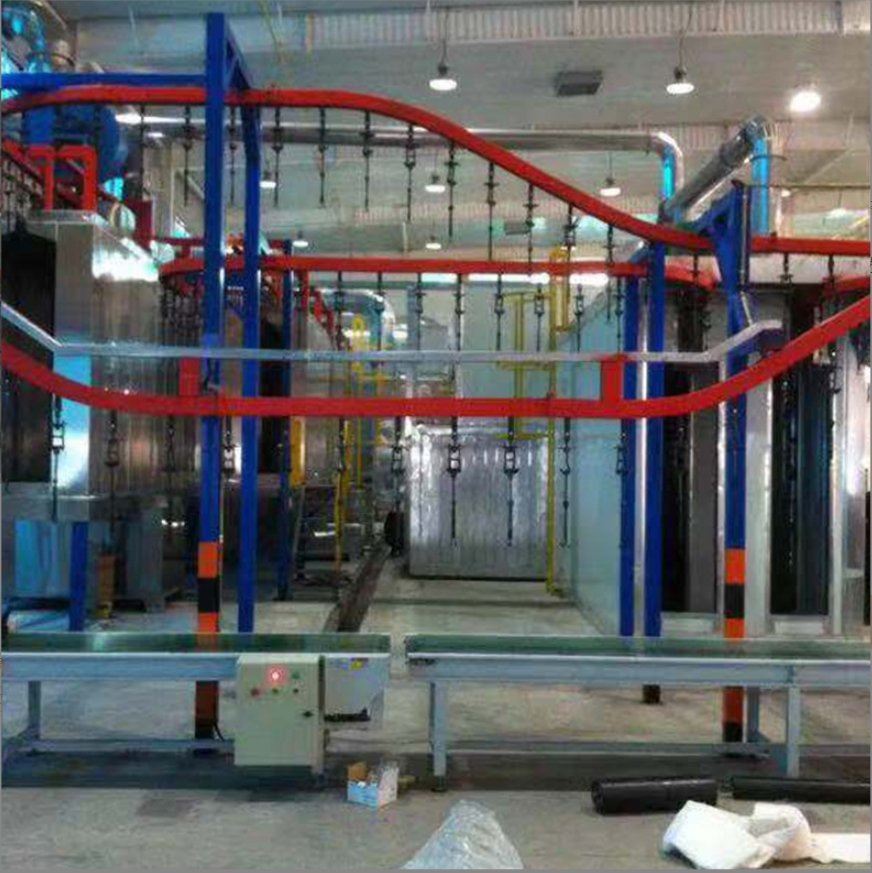
How to remove orange grains from electrostatic powder spraying without damaging the substrate?
How to remove orange grains from electrostatic powder spraying without damaging the substrate?
Great question! **Orange grains or specks** in electrostatic powder spraying are a common surface defect often caused by:
– **Contaminated powder**
– **Environmental dust**
– **Poor powder fluidization**
– **Improper curing**
– **Recycled powder impurities**
Removing them without damaging the substrate or the coating requires careful handling. Here’s how you can approach it:
—
## 🔎 **First – Confirm the Cause of the Orange Grains**
| Cause | How to Check/Prevent |
|—————————–|————————————————————-|
| Contaminated powder | Inspect powder for clumps or color inconsistency |
| Dirty spray booth / air supply | Check filters, booth walls, and compressed air |
| Poor powder sieving | Ensure reclaim powder is properly sieved |
| Recycled powder ratio too high | Limit to 20-30% reclaim |
| Overbaking / underbaking | Confirm curing cycle matches powder specs |
—
## ✅ **Removal Methods Without Damaging the Substrate**
### 🧽 **1. Manual Micro-Sanding / Spot Buffing (For Small Areas)**
– Use **fine grit sandpaper (1000-2000 grit)** or **abrasive pads**
– Lightly sand only the affected spot to remove the orange grain
– Be gentle to avoid exposing bare metal or damaging the coating
– Clean with compressed air or a tack cloth
👉 **Use this method** for metallic or thick powder-coated surfaces.
—
### 🔥 **2. Heat Gun + Spot Reflow (If Grains are Powder Clumps)**
– Gently heat the grain area with a **heat gun** (200-250°C range)
– Watch for the powder to reflow and blend in
– This works if the orange grain is un-melted or improperly cured powder
– Avoid overheating and monitor closely to prevent discoloration
—
### 🪛 **3. Localized Recoating (Best for Larger or Visible Areas)**
– Lightly sand the defect area
– Clean off all dust and debris
– Apply fresh powder using a **touch-up electrostatic spray gun**
– Re-bake according to powder specifications (partial or full cure)
✅ **Tip:** Use masking if doing localized repairs.
—
### 🚫 **4. Chemical Solvent Cleaning (NOT recommended)**
– Solvents generally **damage powder coating** and expose the substrate
– Avoid unless the substrate is metal and you’re willing to strip and recoat
—
## 💡 **How to Prevent Orange Grains in Future Batches**
| Action | Why It Helps |
|———————————————|—————————————————-|
| Add **powder sieving (vibrating sieve)** | Removes clumps or contaminants |
| Maintain booth and **air cleanliness** | Prevents dust or foreign particles |
| Monitor **recycled powder ratio** | Too much reclaim increases risk of contamination |
| Regularly check **fluidizing hopper** | Ensures consistent powder flow |
| Inspect powder storage conditions (humidity)| Avoids clumping and contamination |
| Perform **oven temperature calibration** | Prevents over/under-curing that creates defects |
—
## ✅ **Final Notes:**
If the orange grains are **metallic impurities or cured powder bits**, sanding and local recoating are safest.
If they’re **powder clumps** or flow issues, reflow or light sanding may solve the problem.
—
Would you like a **touch-up procedure guide** or help identifying the most likely cause based on your setup (manual or automatic line, powder type)?
electrostatic painting powder coating
electrostatic painting powder coating what is the difference between
electrostatic painting powder coding
electrostatic painting wet vs powder coating
electrostatic painting with powder
electrostatic painting with powder paint
electrostatic phenomena during powder handling
electrostatic phenomena in powder coating
electrostatic powder coat
electrostatic powder coated
electrostatic powder coating aluminum

